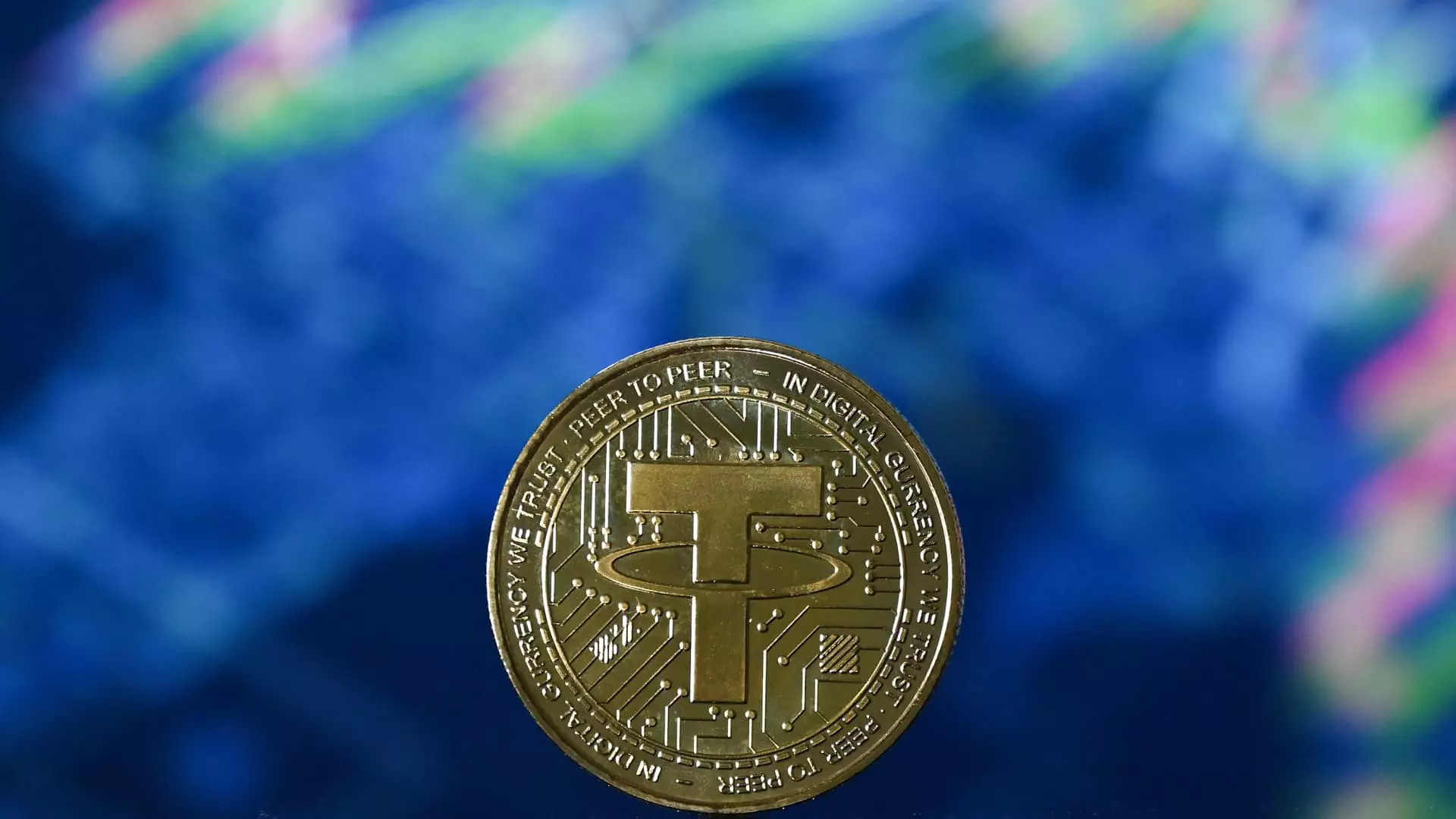On a seemingly ordinary Friday, the Securities and Exchange Commission (SEC) stirred considerable excitement in the crypto world when it announced a pivotal clarification regarding stablecoins. By categorizing certain stablecoins—dubbed “covered stablecoins”—as not falling under the realm of securities, the SEC took a critical step towards providing clearer regulatory guidance. This differentiation is not trivial; it shifts the operational landscape for many issuers, allowing them to function without the burden of securities laws.
Covered stablecoins, according to the SEC, must maintain a stable value equivalent to the U.S. dollar, with assets that are low-risk and liquid backing them. However, a notable stipulation is that these issuers are barred from offering interest to holders. This regulation will lead to a dichotomy within the market—between traditional stablecoins and the burgeoning segment of yield-bearing stablecoins, which the SEC implies will require heavier regulation. Herein lies the paradox; while the SEC aims to streamline the market, it may inadvertently create frictions between different types of stablecoins.
Private Sector Response and Legislative Implications
The SEC’s announcement did not occur in a vacuum. The stablecoin ecosystem has been buzzing with anticipation over potential legislation, with a looming expectation that Congress could enact new stablecoin regulations soon. Previous comments from President Trump indicate a window of opportunity is drawing near for actionable change—a sentiment echoed by industry leaders like Coinbase’s CEO Brian Armstrong. Armstrong’s concern regarding interest payments not being permissible for holders highlights a significant industry tension.
The clash between innovation and legislation is palpable. As legislation continues to evolve, lawmakers in the House and Senate are advancing separate bills aimed at creating a framework to govern stablecoins. Notably, the Stablecoin Transparency and Accountability for a Better Ledger Economy Act (STABLE) and the Guiding and Establishing National Innovation for U.S. Stablecoins Act (GENIUS) each propose different approaches, reflecting varying priorities in ensuring consumer protection, market integrity, and innovation.
The Rise of Stablecoins as Financial Instruments
Amid this regulatory backdrop, the practical implications for the growing market of stablecoins are profound. As traditional markets face unpredictability and volatility, stablecoins have emerged as attractive financial instruments. Their reliability for trading and collateral usage in decentralized finance (DeFi) has seen a remarkable uptick, with a staggering increase of nearly 47% in market size over the past year.
What makes stablecoins particularly persuasive is their inclination to act as viable tools for individual users and financial institutions. Unlike other cryptocurrencies, whose values fluctuate wildly, stablecoins retain a steady value, beckoning those wary of volatility. Interestingly, Tether and USD Coin continue to dominate this burgeoning market, commanding attention as the next killer apps for crypto.
The Implications for Crypto Investments
As the bear market looms large, stablecoins increasingly serve as safe harbors for crypto investors looking to safeguard their assets. With the SEC’s delineation of covered stablecoins, investors can now navigate the incomparable terrain with added assurance. However, those considering yield-bearing options may find themselves grappling with conflicting interpretations of securities laws. This dynamic will likely fuel both innovation and regulatory challenges, pushing the envelope on how stablecoins can be structured and marketed.
While many industry leaders like Armstrong advocate for changes that would allow for interest on stablecoins, the SEC’s current stance reflects a desire to prioritize market stability over potential capital gains. Without legislative changes, there’s a risk that yield-bearing stablecoins may be relegated to the shadows, pushing an entire segment into a cumbersome regulatory landscape that could stymie growth.
Regulatory Guidance and Future Prospects
As the market adapts to the SEC’s guidance, the immediate future looks promising for stablecoins—provided that evolving regulations align with market needs and technological capabilities. With stablecoins demonstrated as key facilitators of economic transactions and cross-border payments, their role within both crypto and fiat spheres cannot be overstated.
In an era marked by rapid technological advancement, the balance between innovation and regulation will dictate the future of stablecoins. As the SEC cements its authority, industry players must rethink strategies and alliances and align their offerings with a rapidly changing regulatory landscape. Only time will reveal whether the SEC’s intervention will replenish lost investor confidence or lay the groundwork for competitive discontent. One thing remains certain: the next evolution in the crypto space is just on the horizon.

